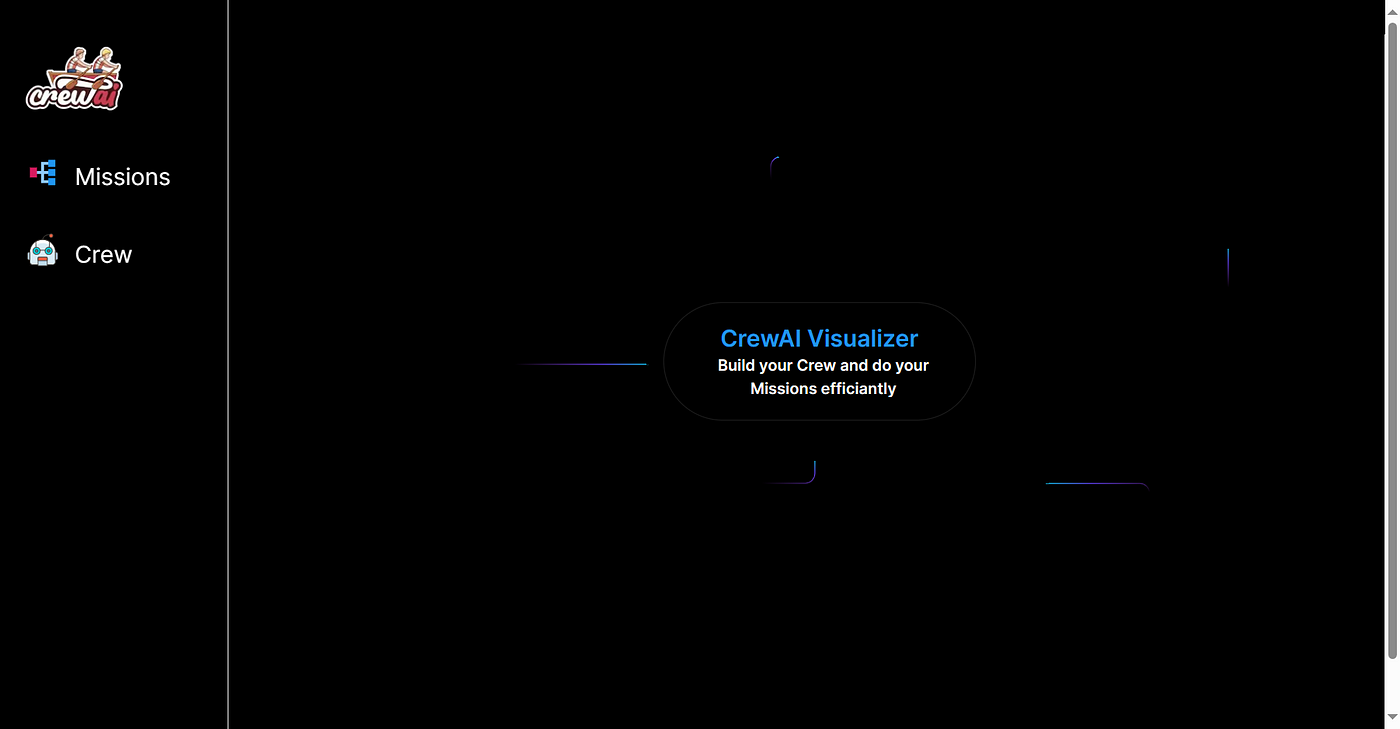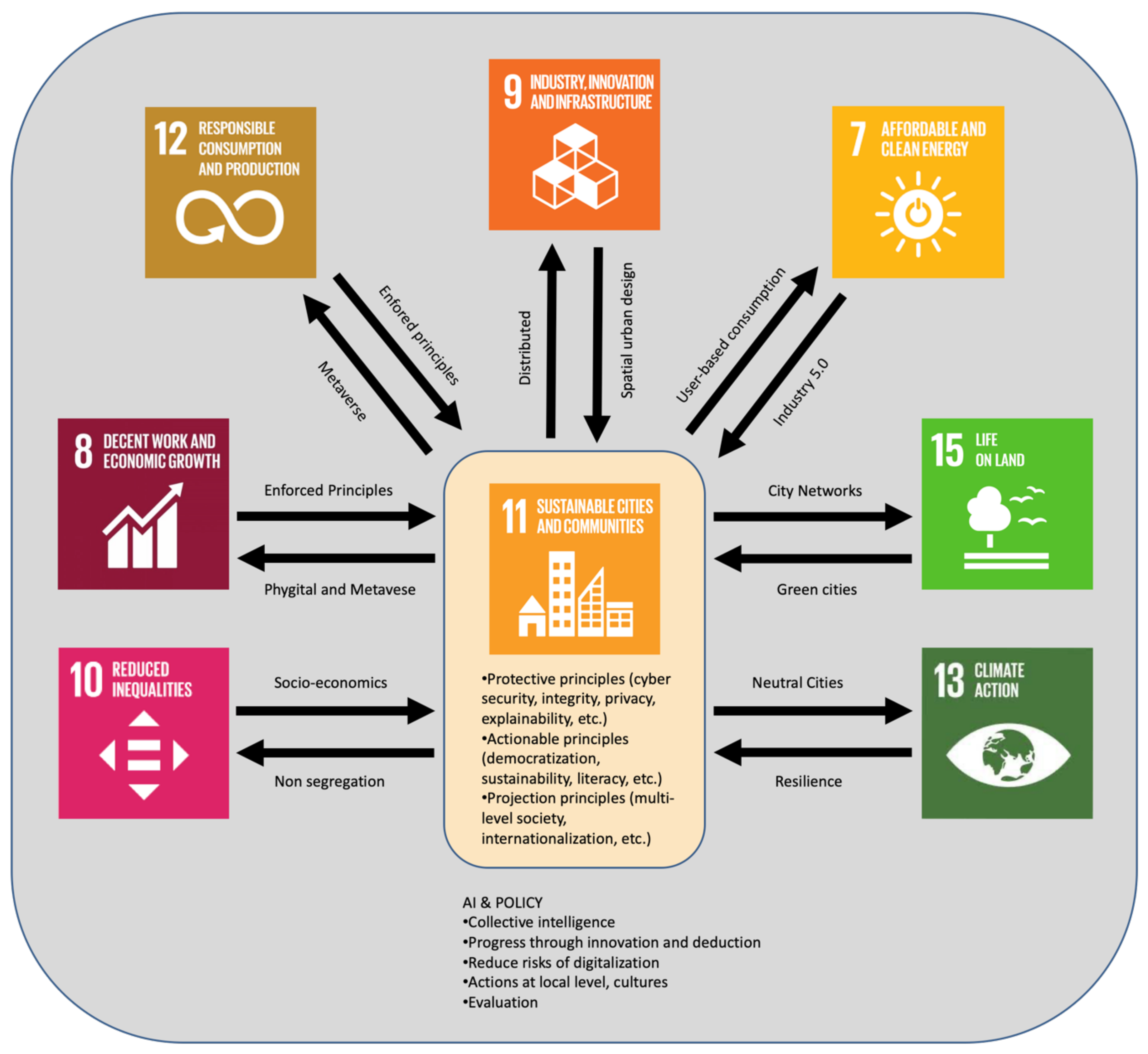In an increasingly interconnected world, globalization necessitates a nuanced understanding of diverse cultures, making it essential for companies to adapt their content strategies accordingly. AI ethnography combines artificial intelligence with ethnographic research methods to analyze cultural nuances, enabling organizations to create content tailored to various cultural contexts.
By leveraging advanced natural language processing (NLP) techniques, businesses are better equipped to maintain a consistent brand voice across multiple languages while ensuring cultural relevance. As marketing strategies shift towards digital platforms, the ability to analyze and synthesize vast amounts of cultural data becomes invaluable.
This analysis not only includes understanding linguistic preferences but also grasping social dynamics, historical contexts, and community values that affect content reception. AI-assisted research has demonstrated its potential in preserving cultural nuances, allowing improved alignment between product offerings and consumer expectations. For instance, the isiZulu language localization study illustrates how AI tools can assess communication styles among native speakers, highlighting the necessity of localized content adaptation.
This article explores the intersections of AI, cultural nuance, and content creation, focusing on best practices, technological tools, ethical considerations, and anticipated future developments. The exploration aims to address crucial questions relevant to globalization and localization professionals while guiding effective strategies in this rapidly evolving landscape.
Understanding the Role of AI in Cultural Content Creation
AI ethnography serves as a bridge between technology and cultural understanding, significantly enhancing content creation processes. By integrating AI techniques, organizations can analyze linguistic patterns, preferences, and subtleties that reflect cultural identities. This nuanced insight is crucial for maintaining brand voice consistency across multiple languages while catering to local tastes.
The isiZulu language localization study, conducted in South Africa, exemplifies the effective application of AI in ethnographic research. Researchers engaged with a cohort of young native isiZulu speakers, seeking to understand their communication preferences in an online context. The study underscored the challenges encountered when adapting English content into isiZulu, where even the most carefully crafted translations could seem outdated or irrelevant to local speakers. This case highlights the essential role of AI tools in accurately assessing and preserving linguistic nuances.
Additionally, AI-assisted urban gentrification studies illustrate the capability of AI to analyze complex social dynamics. By structuring interviews with long-term residents and newcomers, AI systems can identify nuanced patterns within the cultural fabric of communities, providing richer insights than traditional methods.
A diagram illustrating the AI process in content creation, showcasing how AI interacts with various stages of content development. (Source: Geeksforgeeks)
Crafting Culturally Nuanced Content: Best Practices
Creating culturally nuanced content requires an understanding of local demographics, language use, and cultural elements that resonate with target audiences. This section outlines key practices that help organizations effectively adapt their content strategies to various cultural contexts.
First, collaboration with local cultural experts is critical. In the isiZulu study, researchers partnered with Zulu experts to ensure that AI outputs remained culturally and linguistically appropriate. Collaborations like these significantly enhance a company's capacity to produce content that genuinely reflects cultural sentiment.
Understanding audience demographics is vital as well. By researching language use, preferences, and socio-economic factors, content creators can better target their messaging. Leveraging AI tools that analyze social media interactions and real-time feedback can facilitate a more iterative content creation process, allowing businesses to refine their messaging based on evolving cultural narratives.
Research indicates that brands successfully integrating local insights through expert collaboration and data analytics see a marked improvement in audience engagement. Utilizing culturally relevant storytelling not only enhances comprehension but also deepens emotional connections with consumers, ultimately driving brand loyalty.

An infographic depicting best practices for diversity and inclusion, which can be applied to creating culturally nuanced content. (Source: Venngage)
Tools and Technologies: Powering AI Ethnography
AI-driven localization strategies are enriched by various tools and technologies that facilitate content creation infused with cultural nuances. This section explores how NLP technologies and multi-agent frameworks contribute to producing meaningful, localized content.
NLP technologies have advanced significantly, enabling efficient analysis of large datasets, including social media content, user-generated feedback, and cultural artifacts. Tools such as CrewAI and LangChain demonstrate how AI enhances localization efforts by providing real-time insights into regional dialects and language usage. These tools empower businesses to swiftly adapt their messaging to meet the demands of dynamic cultural environments.
Moreover, implementing multi-agent AI frameworks can streamline translation and content synthesis processes. Recent studies show these frameworks enhance contextual fidelity and mitigate biases during localization stages, enabling a richer understanding of cultural nuances.
The "Beauty of Cantonese Porcelain" project illustrates the effectiveness of utilizing AI tools to understand the cultural significance of artifacts. By analyzing thousands of images and descriptions, the project successfully generates content that resonates with diverse audiences, capturing the complexity of its cultural context.

A screenshot of the CrewAI interface showing how users can engage with AI tools for content creation. (Source: Medium)
Measuring Success: Metrics for Multilingual Consistency
To maintain a consistent brand voice across multiple languages, organizations must employ effective metrics and evaluation methods. This section outlines key criteria for assessing multilingual content and performance across diverse demographics.
A crucial aspect of evaluating multilingual consistency lies in establishing clear benchmarks. Criteria such as tone, context, and cultural appropriateness should be defined to ensure harmonious messaging across different languages. Organizations can utilize AI-driven analytics tools to track engagement metrics, providing insights into audience reactions and areas for improvement.
Research indicates that successful multilingual content reflects linguistic fidelity and cultural relevance. AI systems can facilitate monitoring of user-generated feedback and collect insights regarding cultural engagement, helping to identify discrepancies that require attention. Furthermore, brands that implement robust assessment frameworks experience enhanced audience trust and loyalty.
These metrics extend beyond qualitative assessments, utilizing quantitative data to measure the efficiency and impact of localized content. Continuous refinement based on these metrics is essential for long-term success in multicultural markets.

A diagram showcasing various metrics for evaluating the success of multilingual content strategies. (Source: Smartling)
The Ethical Landscape: Navigating Cultural Nuance with AI
As organizations integrate AI into their content creation processes, ethical considerations become paramount. Researchers and practitioners in the field of AI ethnography must navigate the complexities of cultural sensitivity, ensuring that technological advancements do not inadvertently reinforce harmful biases.
A major concern is the potential for AI systems to perpetuate existing stereotypes or cultural misrepresentations. Ethical guidelines must inform the development and training of AI models, emphasizing the importance of unbiased training data that reflects the diversity of cultural expressions. Researchers must diligently verify AI outputs to avoid imposing dominant cultural narratives.
Moreover, obtaining informed consent and ensuring community participation are crucial. The AI model's outputs must capture the essence of the community's identity rather than distort it. Transparency in methodologies and processes is vital, allowing communities to understand how their cultural data is being accessed and utilized.
Additionally, addressing issues of power dynamics when using AI in ethnographic research is necessary. Ethical frameworks should guide interactions between researchers, communities, and AI systems, ensuring equitable representation and empowering marginalized voices.

An ethical framework diagram outlining considerations and best practices when using AI in cultural contexts. (Source: MDPI)
Future Trends in AI Ethnography and Localization
The future of AI in cultural content creation appears promising, with ongoing technological advancements poised to improve practices in localization and ethnographic research. Organizations must anticipate significant shifts that will shape audience engagement and content development strategies.
Developments in AI will likely encompass more sophisticated machine learning models capable of understanding and generating culturally sensitive content. As globalization continues, the demand for effective brand communication will heighten, and entities will increasingly rely on advanced technologies to bridge cultural gaps.
Emerging trends suggest a greater focus on collaborative AI efforts, where diverse teams co-create content with local communities. This approach seeks to enhance authenticity and strengthen brand narratives by ensuring community voices are integrated throughout the content development process.
Looking ahead, experts predict that the economic impact of AI will drive greater engagement with cross-cultural communications, shaping new paradigms for cultural representation. Entities that embrace these changes are expected to thrive in increasingly competitive landscapes, establishing themselves as socially responsible leaders.

A timeline graphic that outlines the history and future trends of AI development relevant to ethnography. (Source: Infodiagram)
Conclusion
AI ethnography represents a paradigm shift in creating culturally nuanced content. By integrating AI technologies with traditional ethnographic practices, organizations can develop effective strategies to engage with diverse audiences while preserving cultural sensitivities.
As brands navigate the complexities of globalization, maintaining a consistent voice extends beyond mere translation; it encompasses understanding cultural contexts and fostering genuine connections. Employing advanced NLP techniques, collaborative frameworks, and robust ethical guidelines will pave the way for future innovations in this field.
As the landscape evolves, professionals are encouraged to remain vigilant in adopting best practices and actively engaging with local communities. Through such efforts, the benefits of AI can be harnessed responsibly to enhance cultural representation and contribute positively to the content creation landscape.

Comentários (0)
Entrar para participar da discussão ou .